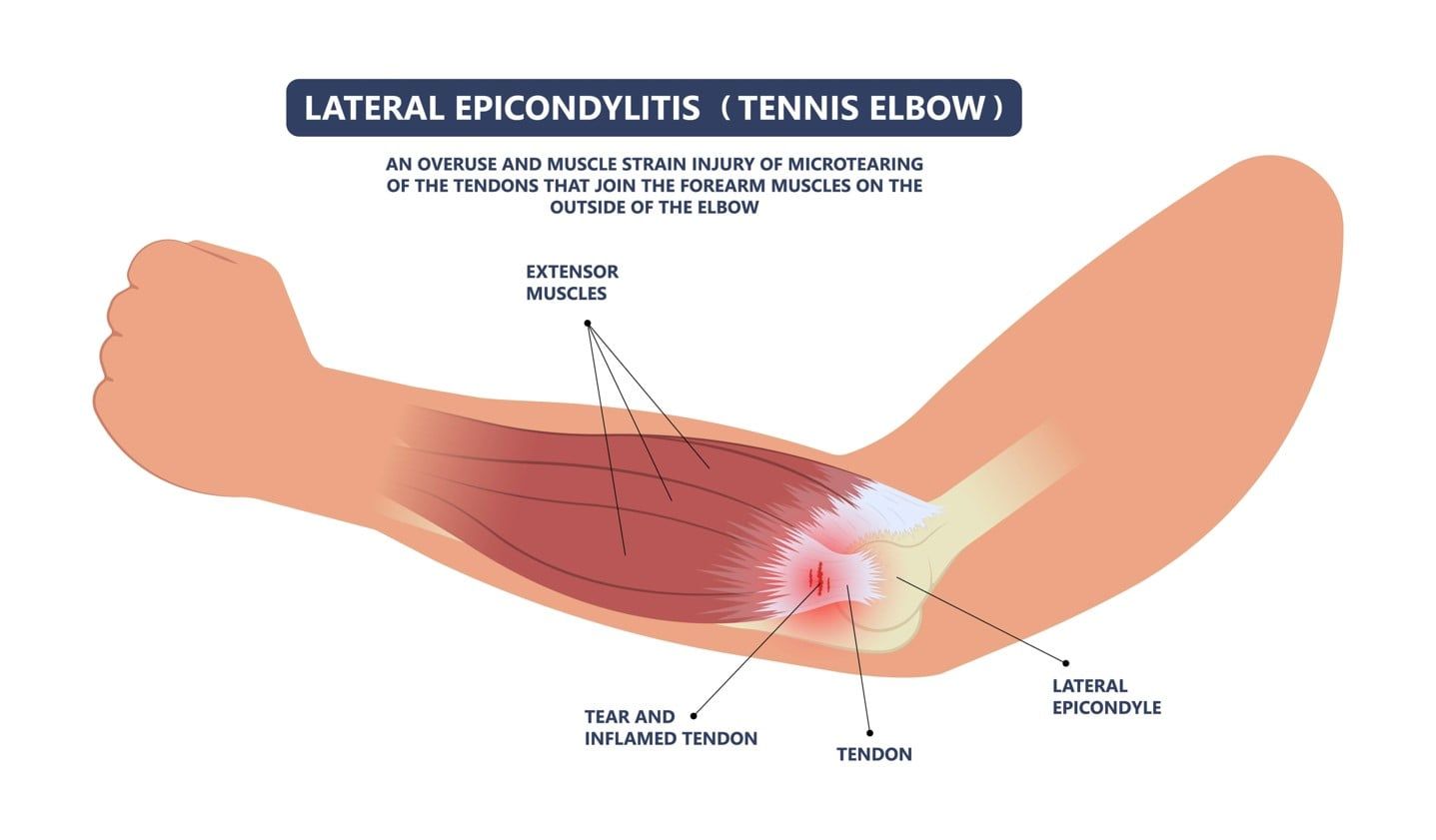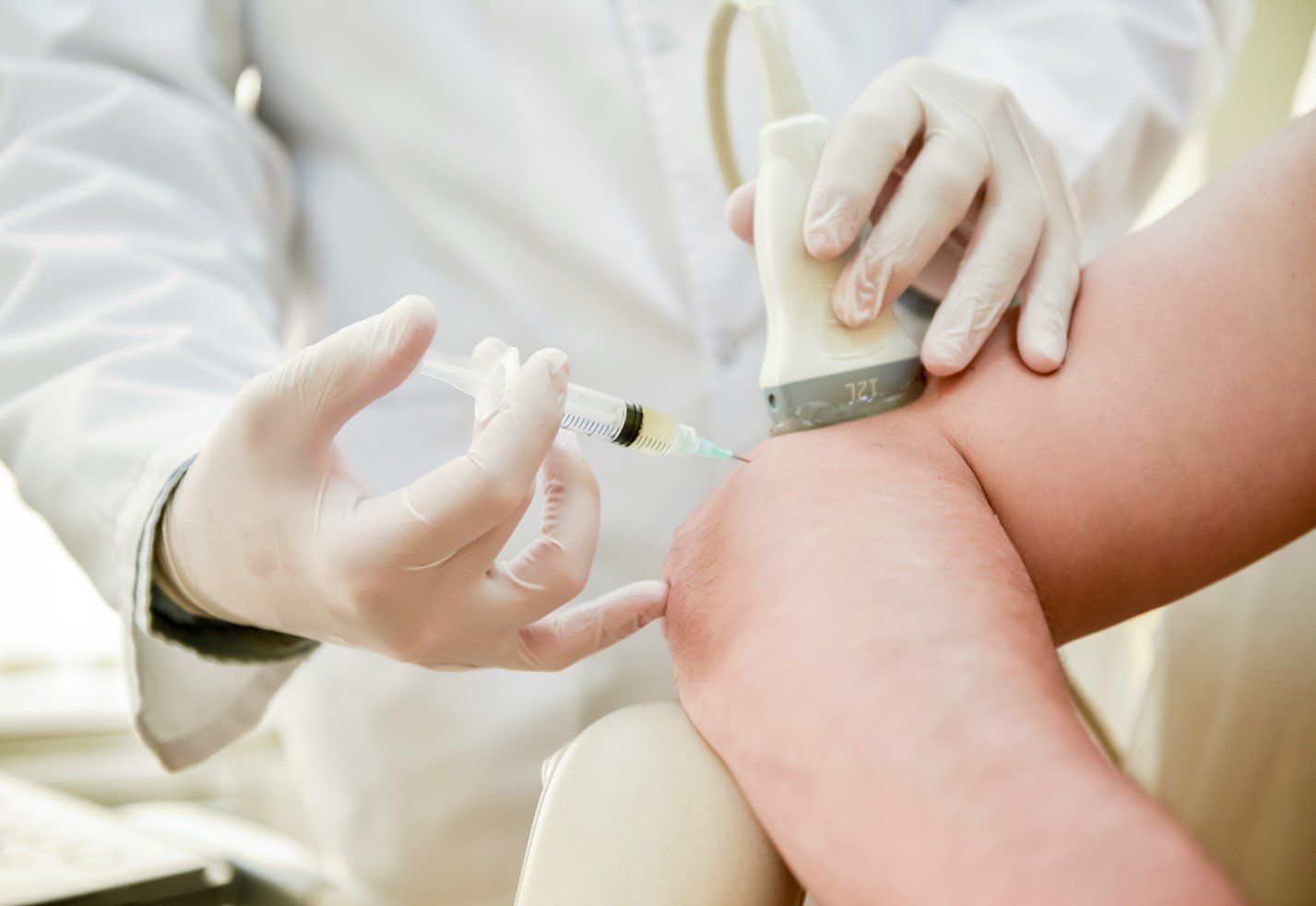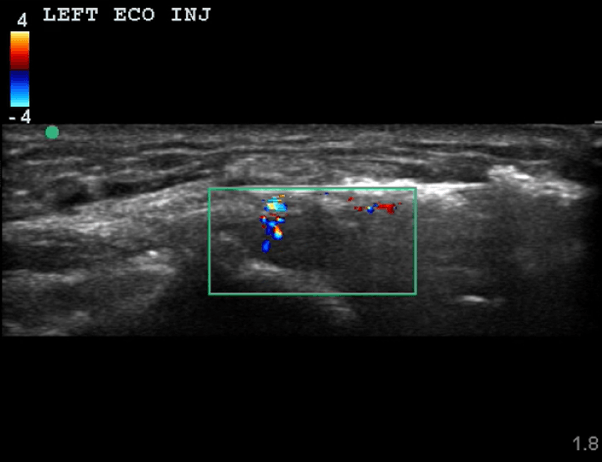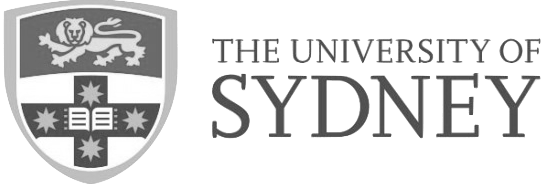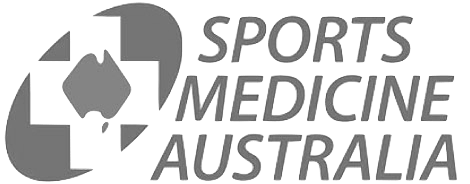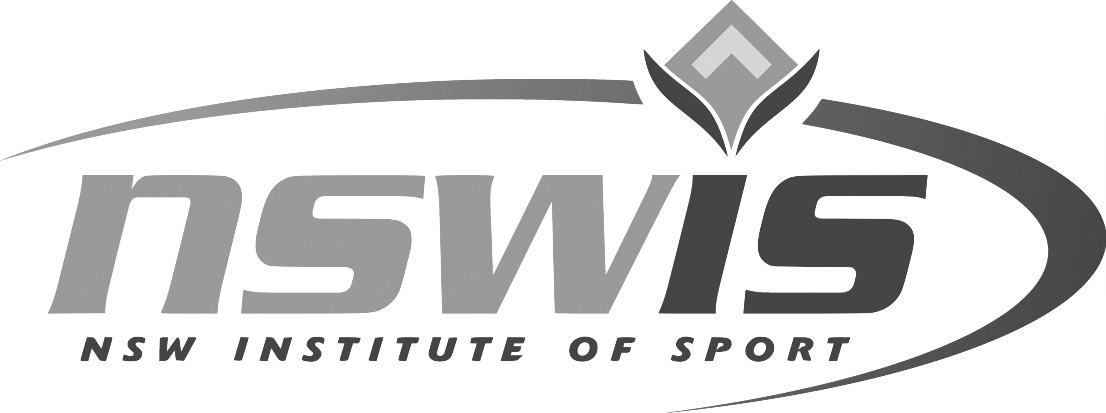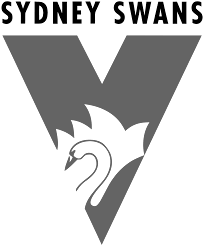Tennis Elbow
What is Tennis Elbow?
There are many different medical terms for Tennis Elbow such as Lateral Epicondylitis or Lateral Elbow Tendinopathy. There are many muscles on the back of the forearm that all join and attach near the elbow by a small, shared tendon. Tennis Elbow occurs when that tendon gets overloaded, inflamed, strained or a combination of all three. Tennis Elbow commonly occurs due to unaccustomed, heavy or repetitive hand, wrist or forearm activities. It is now quite uncommon for Tennis to be the cause as racquets have become lighter and forehand techniques have changed a lot since this condition was first named.
The elbow is a much more complex region than people give it credit for.
Anatomically the elbow is a joint formed by 3 bones- the radius, ulna and humerus.
The elbow joint moves as a hinge joint but importantly there is a smaller joint that communicates with the main elbow joint called the radio-capitellar joint which allows forearm rotation
This rotation is crucial to human upper limb function and allows us to rotate the hand into different positions- so we can grip, grapple, and manipulate objects.
When we talk about lateral elbow pain, most people think of tennis elbow. The average duration of pain with tennis elbow is 12-18 months
The main feature of Tennis elbow is pain directly on the outside bony point of the elbow. Usually, the pain is aggravated by lifting and gripping at certain angles of elbow, forearm and wrist movement.
How is Lateral Elbow Tendinopathy Diagnosed?
In the vast majority of cases, Tennis Elbow can be diagnosed by a Sport and Exercise Physician without the use of scans, but there is often much more nuance to a detailed diagnosis of elbow pain.
When a problem is very recalcitrant like this, often there is something we have missed.
It is important to realise that there are multiple structures in this area that can be responsible for pain, and often they overlap.
While the extensor tendons are the most common cause of pain in this area, it is important to get an accurate diagnosis when symptoms are prolonged because the right tools need to be targeted for the right problem.
Other causes of persistent lateral elbow pain include posterior interosseus nerve (PIN) entrapment as it runs into the supinator muscle. See the video above for more visual detail. This tends to cause some radiating pain and tenderness around the nerve down the back of the forearm and more weakness than with lateral elbow tendinosis alone.
Pain can also come from the biceps tendon. People think of the biceps as the big muscle at the front of the elbow but in fact its tendon spirals under the radius bone to attach on undersurface, which can certainly create pain toward the outer part of the elbow.
Finally, the underlying radio-capitellar joint can be a source of pain, usually with cartilage wear, especially in people who have had previous elbow fractures or trauma to this area
A comprehensive clinical examination and often more advanced imaging is helpful to accurately define source of pain, and hence the best treatment, for each individual with lateral elbow pain.
Point-of-care ultrasound is an extension of the examination, and can be useful to identify factors that can guide the best treatment (such as the severity of tendon wear and tear, the presence of "neovessels" and the effects of different movements on the appearance of the tendon). It can also help to exclude other isolated or coexisting causes of pain such as radiocapitellar arthritis and posterior interosseus nerve entrapment.
What is the treatment for Tennis Elbow?
There is no single treatment for Tennis Elbow. Sometimes when there is an acute onset it can be "reactive", meaning inflammation is a factor which means medication or injections to reduce the inflammation will help. Often tendon wear and tear is involved but usually, this repairs best not with rest but with certain exercises that will encourage it to heal in the correct way. It is important that these exercises are done correctly as the wrong exercises can aggravate the problem.
When lateral elbow tendinopathy is confirmed, we focus on activity modification and gradual tendon strengthening.
The tendon needs to be challenged not only with its extensor function but also with its grappling/twisting supination function and this is why I usually recommend the use of a flexbar with progressive resistance training.
Be CAREFUL using braces such as "counter-force" braces for long periods because they can irritate a nerve (the posterior interosseus nerve). This nerve supplies the muscles of the forearm, and make the pain and weakness worse.
Usually, we also need to address the underlying causes, whatever they are identified to be. Your Sport and Exercise Physician will carefully take you through this process as every single tendon is different. There are no recipes. When managed correctly, and patiently, even the most difficult Tennis Elbow has an excellent chance of completely resolving.
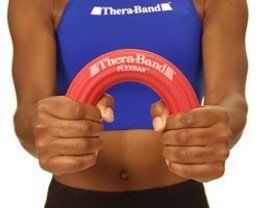
With all tendon pain- It’s very important to understand that the pain is not proportional to tissue damage, and that relief of pain is not proportional to healing. 4–7.
As the capacity of the tendon to take load improves, the pain improves regardless of the changes on high resolution ultrasound and MRI.

Therefore, the focus is to help de-sensitise pain to promote the ability to perform strength exercises. A Counterforce brace can be a helpful tool early on, and isometric exercises where a lower level of tension is held in the muscles for a prolonged time can also help for pain. 5
Changing lifting technique to ensure that leverage on the elbow is minimized can help reduce elbow aggravation during daily activities.
Do injections for Tennis Elbow work?
Sometimes Tennis Elbow requires an injection, but this should never be the only treatment. They are considered an adjunctive treatment when other treatments have been tried.
We tend to avoid cortisone injections , as it has been shown to prolong recovery despite giving good short-term relief. Cortisone may be warranted if the problem is not caused by the lateral elbow tendons (for example, the nearby joint or nerve).
A consistent strengthening program targeting the extensor supinator compartment is really the most important treatment, but sometimes treatment adjuncts are needed to help reduce pain and sensitivity. PRP injections at point of new, abnormal nerve and blood vessel ingrowth can markedly improve pain in preference to corticosteroid injections which have previously been shown to prolonged symptoms/dysfunction when compared to no treatment at all.
Is surgery required for Tennis Elbow?
It is extremely rare for correctly administered non-surgical treatments to fail and for surgery to be required in this condition.
Manual labourers and professional athletes are more likely to have time-pressure for recovery and may undergo tendon debridement surgery.


